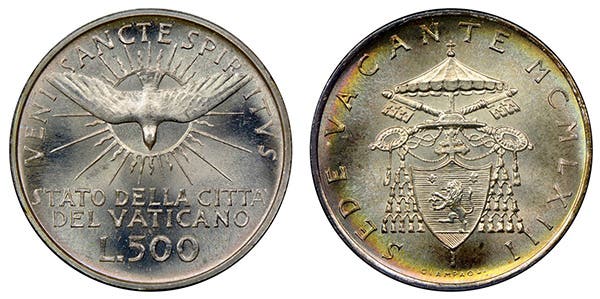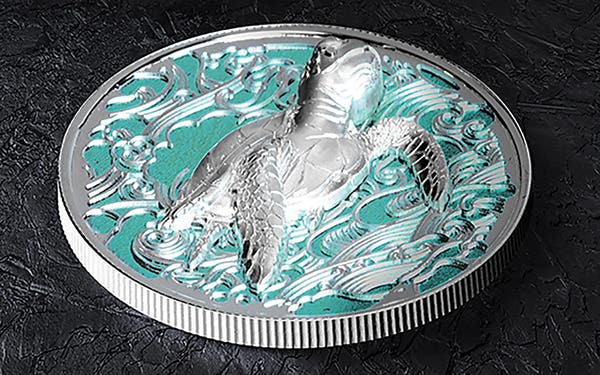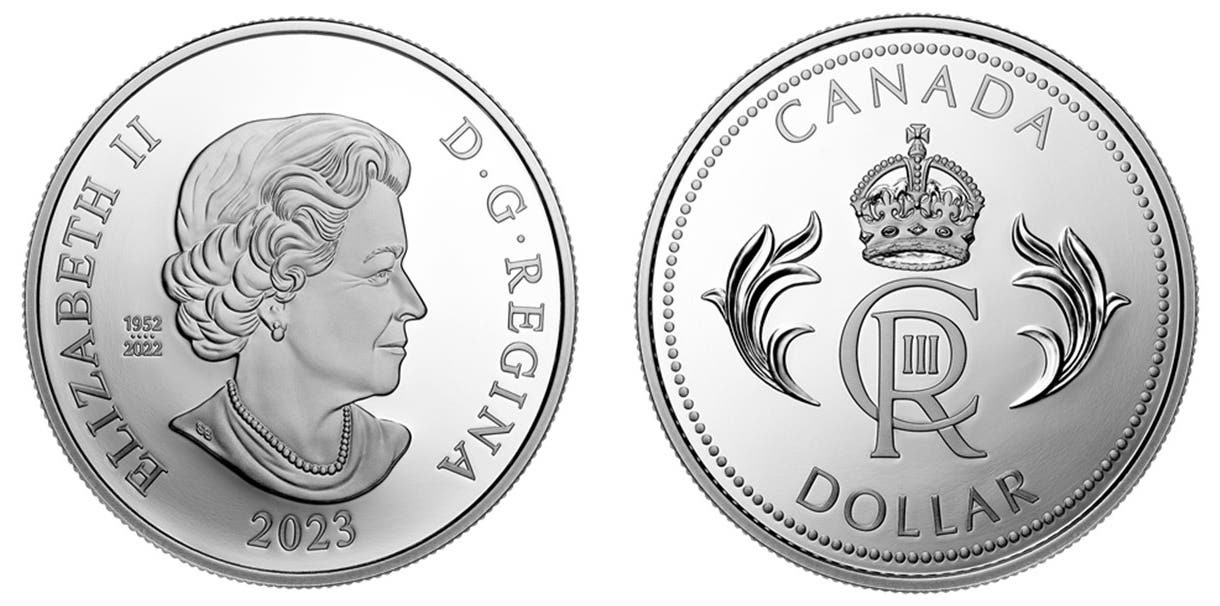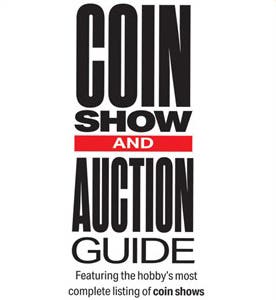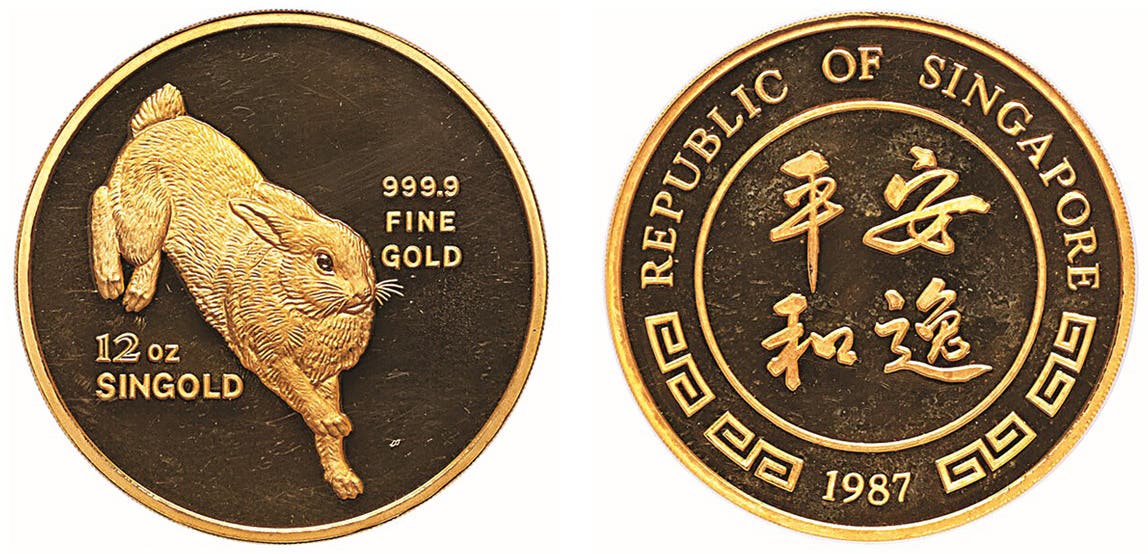Fight with France strained Spanish coinage
By Bob Reis Imagine, if you will, that you lived in a country that had comprehensively not been taking care of business for most of the last 200 years, a…
By Bob Reis
Imagine, if you will, that you lived in a country that had comprehensively not been taking care of business for most of the last 200 years, a country where your social position and your destiny was determined by your family, where most of the land and money was possessed by a small number of families and the Church, where the only ways to get ahead were to buy a position or be friends with someone, preferably someone royal.
Imagine a place where ordinary people were encumbered with obligations to their local noble, which noble could only be restrained by appeal to the king, where three of the last four kings over most of a century had been out to lunch mentally, where even a military commission was obtainable with enough money or the right friends, the ranks filled with conscripted peasants, poorly trained and poorly armed, supplied by corrupt purveyors who had obtained their contracts by bribery and made their profits by fraud.
That was Spain at the end of the 18th century: no money, things were creaking along, everything crumbling, the government incompetent.
For half of a millennium previously rulers called “kings” had struggled to bring various kinds of nobles to heel, and by the 18th century that process had become fairly advanced so that in France the king had no fear of rebellion by the duke of Burgundy, nor the Spanish king a war with Valencia. The royal families of Europe passed their time instead in marriages and wars with each other.
Spain had always feared its northern neighbor, France, and had collectively breathed a sigh of relief when a relative of the French king had come to the vacant Spanish throne in 1700. Spain had not become a French colony and the threat of war with the northern neighbor abated. One less thing to worry about.
Then came the French Revolution. Of course Spain was against the revolution. Of course, it backed the deposed and then executed king. Of course it had bad relations with the revolutionary government. After the execution of the French king in 1793 Spain stationed troops on the border but the revolutionary French army rolled over it.
The French forces turned out to be quite formidable, and not only because of that hotshot officer Napoleon Bonaparte. By 1795 the alliance of states that had been fighting the revolution had split up, with several of them making peace deals. Spain was one of those that signed a treaty. They gave up Santo Domingo in the Caribbean and France promised to leave Spain alone.
That didn’t seem good enough. In 1796 Spain made a treaty of alliance with France. What did Spain get? French support for the Spanish position in Parma, Italy. What did they lose? The British set a naval blockade and cut Spain off from the colonies, and proceeded to take Minorca in the Mediterranean and Trinidad in the Caribbean. Spain also gave Louisiana back to France, which they had acquired after what we call the Seven Years’ War. Seems like a pretty bad deal, doesn’t it?
Meanwhile, Napoleon had come to power and was trying to enforce the “Continental System,” a military and trade regime that attempted to isolate Britain.
Portugal would not cooperate. Napoleon told Spain: “Hey, you’re neighbors, would you take care of it?” So Spain delivered a note, was ignored, invaded a border town, Olivenza is the Spanish spelling, and continues to occupy and administer it though Portugal continues to maintain its claim.
Spain could not accomplish much more so the French had to step in to clean up the mess. Portugal gave up and joined the Continental System.
France and Great Britain signed a peace treaty in 1802 but Britain captured a Spanish treasure fleet in 1804 and that killed the deal. France, with Spain tagging along, got ready to invade England, but Lord Nelson, at the battle of Trafalgar in 1805, gave them a blow from which their navies did not recover.
In the aftermath of Trafalgar Spain left the Continental System but joined again when Napoleon beat the Prussians. There was plenty of suspicion between all parties at this point. Nevertheless, Spain and France hatched a plan to break up Portugal, which had begun trading with Britain again. They did this in 1808.
Spanish prince Ferdinand had been involved in a coup plot that had been discovered. Then, in 1808, Ferdinand made a trip to France for unknown reasons, precipitating a crisis of confidence in Spain, as Ferdinand was an opponent of Spanish bigshot Manuel de Godoy, who had been running Spanish policy for most of a decade. Things got messy enough that popular demonstrations against Godoy started up and quickly became violent. Spanish king Charles IV, to calm the situation, abdicated in favor of Ferdinand, back in Spain, found himself generally disliked. He returned to France to get formal support from Napoleon, who instead kept him there and forced him to abdicate.
Napoleon chose his older brother Joseph to be the Spanish king and Spanish public opinion turned on a dime. Ferdinand, the former boorish and haughty and ignorant heir, became the legitimate ruler, guardian of tradition, piteously sitting around in France. Charles IV, abdicated, visited him in France, so did Godoy, and ended up in Italy, also controlled by Napoleon, and never returned to Spain.
Armed resistance to the French began almost immediately and was repressed by the occupying army. Disorder became general, and the French found themselves bogged down in what became the Peninsular War. Local anti-French governments were set up, supported by Britain. Most of the local administrations united by the end of 1808.
Spanish resistance was so fierce that Napoleon had to go to Spain himself to straighten things out. Then he left, and the war dragged on through various turns of fate until the just before the fall of Napoleon in 1814. Meanwhile, the Spanish patriots put together a liberal constitution that put the Spanish king under legal restraints and ended some of the privileges of the Roman Catholic Church.
Ferdinand VII returned to Spain in 1814 and immediately repudiated the constitution. He attempted to rule as a dictator for the entirety of his reign, but compared with some of our more recent dictators he was not as bad as he could have been.
He put a lot of his opponents in jail but he wasn’t much in the habit of killing people he didn’t like. Could have been worse. But he and his government were also economically incompetent. The colonies all detested him and broke away. There was no money. It was all grind. There were rebellions. They were crushed. When he died in 1833 civil war broke out. I’ll get to that later.
As you might expect in such a disordered period the coinage was rather varied, quite the change from the orderly currency of the previous century. We’ll ignore the colonial coinage for this discussion. There are no coins of Ferdinand for those few months of kingship in 1808 other than some proclamation pieces in silver and gold struck in Madrid. Curiously, ACC has no pictures of these but puts low prices on them, the Standard Catalog of World Coins has a very spotty listing of Spanish proclamadas. I found none for sale in my brief online search.
In emergencies countries with monetary systems have employed various kinds of strategies to pay people without clout with money that they don’t have. Typical methods before the advent of paper money were to debase the coinage and to force people to accept it at the rate the government wanted them to. Usually we see silver coins replaced by billon. Gold coins tended to get smaller if they were changed at all. People who did business in gold were often in a position to demand full value.
In practice what happened was that the coinage went at different rates depending on circumstances: who the transacting parties were, if a finance cop was nearby, and so forth.
In Revolutionary France they had used paper money to disastrous effect. Napoleon tried to live without paper, and succeeded for a while in France itself. There was an empire after all. Napoleon could steal stuff from subject populations, which he did, some. In Spain there was no paper money tradition, so they went to debasement to stretch the funds. Not wanting to make gray money, which hadn’t been seen in Spain in a couple of centuries, they made high grade silver but still called “vellon” and gold coins, just twice or more the stated value. It looked like a 2 reales but it said it was a 4 reales. Did it go as a 2 or as a 4? Depended on the circumstances.
Joseph Napoleon’s face showed up on raised value silver coins made in Madrid, Seville and Barcelona; 1 real coins the size of a half real, 2 reales like 1 real, 4 reales like 2 reales, 10 reales like 4 reales, but full size and full weight ordinary 8 reales from 1809 to 1812. Why? I don’t know, but I can guess: used to make payments to important people.
In 1812 the Joseph 8 reales were replaced with vellon 20 reales, that type, interestingly, struck in 1814 in Barcelona, after Joseph was gone.
The old gold escudo denomination was suppressed and replaced with a new system of reales, theoretically locking in a gold to silver ratio, and also introducing a new denomination, the peseta. Why pesetas? To get the people ready for decimal coins, I suppose. Anyway, gold 20 and 320 reales, equivalent to 2 and 8 escudos in old money.
An 8 maravedis coin, ordinary looking, was struck at the Seville mint. The Standard Catalog describes it as copper, ACC states that they were made from the bronze of melted cannons. Didn’t they need those cannons to fire at insurgents?
There was a separate coinage for Barcelona, harkening back to the long history of fiscal exceptionalism in that region. Copper 1/2, 1, 2, and 4 cuartos, silver pesetas (4 reales), 2.5 pesetas (10 reales), and 5 pesetas (20 reales) (alongside of full weight 8 reales issued at the same time for payments to favored clients), and gold 20 pesetas.
I went looking for Joseph Napoleon coins on eBay, as has been my habit of late when researching market presence. I found plenty of coins, high grade, low grade, all metals. Very few were for auction, almost all were “buy it now” at drop dead prices, counteroffers not accepted, and not selling. I mean three times what I thought they should be worth. Evidently so do all the potential customers.
Coins in the name of Ferdinand, twiddling his thumbs up in France, were issued by local agencies in several locations, and, as the Peninsular War dragged on, regular Ferdinand coins began to appear from the normal mints as they were taken by royalist forces.
First came a series of 8 reales sized silver coins very simple designs, looking essentially like countermarked slugs. The least uncommon are from Tarragona, southwest of Barcelona, dated 1809, denominated as 5 pesetas, why, I don’t know. Another, announcing its value as “un duro,” was made in Gerona, 1808. Similar things, denominated as 30 sueldos, were made in Palma Majorca, dated 1808, a few on rectangular planchets with clipped corners. A 5 pesetas exists from Lerida, 1809, very rare. Interestingly, SCWC shows yet another, a duro, from Tortosa southwest of Tarragona, undated, described as rare, but it is not listed in ACC.
On eBay I found several of the Tarragona 5 pesetas, buy it now, prices inflated, not selling.
Both SCWC and ACC list a portrait 5 pesetas of Lerida, ACC has two subtypes, very rare.
There is an undenominated 2 reales (vellon) of Valencia, 1809.
There are copper 12 dineros of Majorca, 1811 and 1812. I found several of these on eBay.
Coppers were made for Catalonia in Tarragona in denominations of ochavo (de real), quarto, 1-1/2 quartos, 2 quartos, 3 quartos, and 6 quartos, these odd denominations not odd in the context of Catalonia, hearkening back to coins issued a century and more before. I saw more than a few on eBay.
Now for the “normal” coins:
There is a normal 8 reales from Seville, 1808, not rare, say the catalogs, though I saw none on eBay, and that denomination struck again in Seville in 1809 and 1812. Valencia struck “normal” 4 reales in 1809 and 2 reales in 1811. Cadiz started up a mint in 1810, issuing 2 and 8 reales, continuing with an 8 escudos gold coin in 1811, a 4 reales in 1812, a 1 real in 1813, and a half real in 1814. Madrid put out an 8 reales and a 2 escudos in 1812 and a half, 1, 2, and 4 reales in 1813. The Jubia mint, in the far northwest, struck 2, 4 and 8 maravedis coppers starting in 1811.
Catalonia, as usual, was a bit complicated. Coins were struck at mints in Tarragona and Palma de Mallorca, sometimes the same type at both mints. Denominations with Ferdinand portraits included silver 1/2, 1, 2, and 4 reales from 1809 and gold 2 escudos in 1811 and 8 escudos in 1813.
Overall and in general, I found plenty of these Peninsular War Ferdinand coins on eBay, and I had some lying around in my inventory. 2 reales are the most common in my experience, and they got well used, too. I’ve seen plenty of slick specimens.
I should stop here. Space limitations. Even though Ferdinand went on to rule for another two miserable decades. He was a terrible ruler. There were rebellions and fiscal dislocations that produced anomalous coins. The 19th century was a rather tumultuous time for Spain. Next time.
This article was originally printed in World Coin News.
>> Subscribe today or get your >> Digital Subscription
More Collecting Resources
• The Standard Catalog of World Coins, 1801-1900, 8th Edition is your guide to images, prices and information on the century's coins.
• Start becoming a coin collector today with this popular course, Coin Collecting 101.



